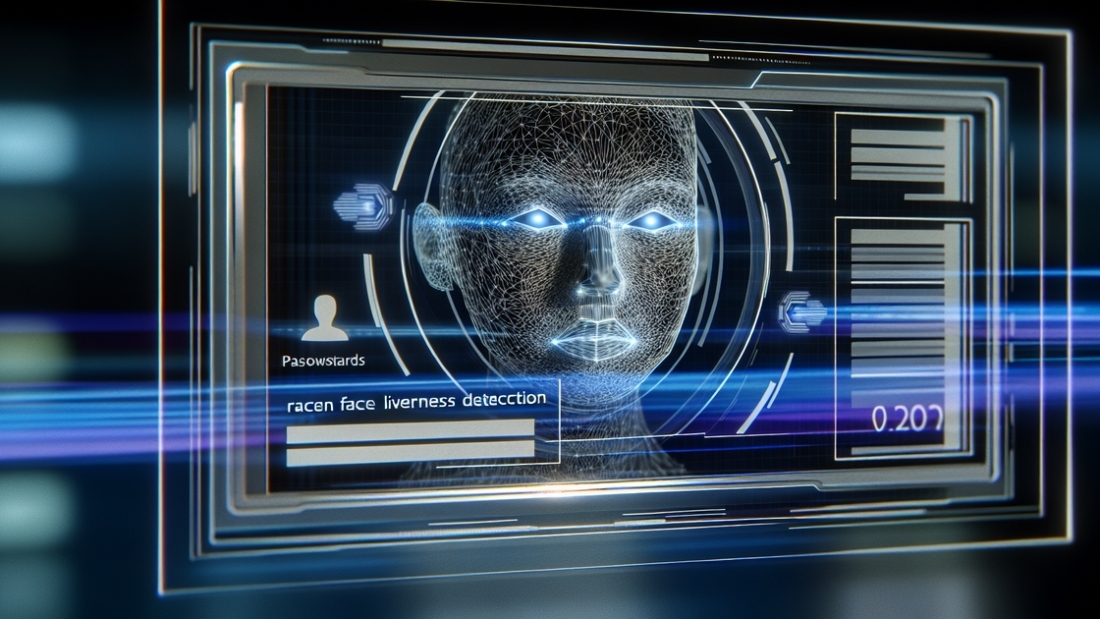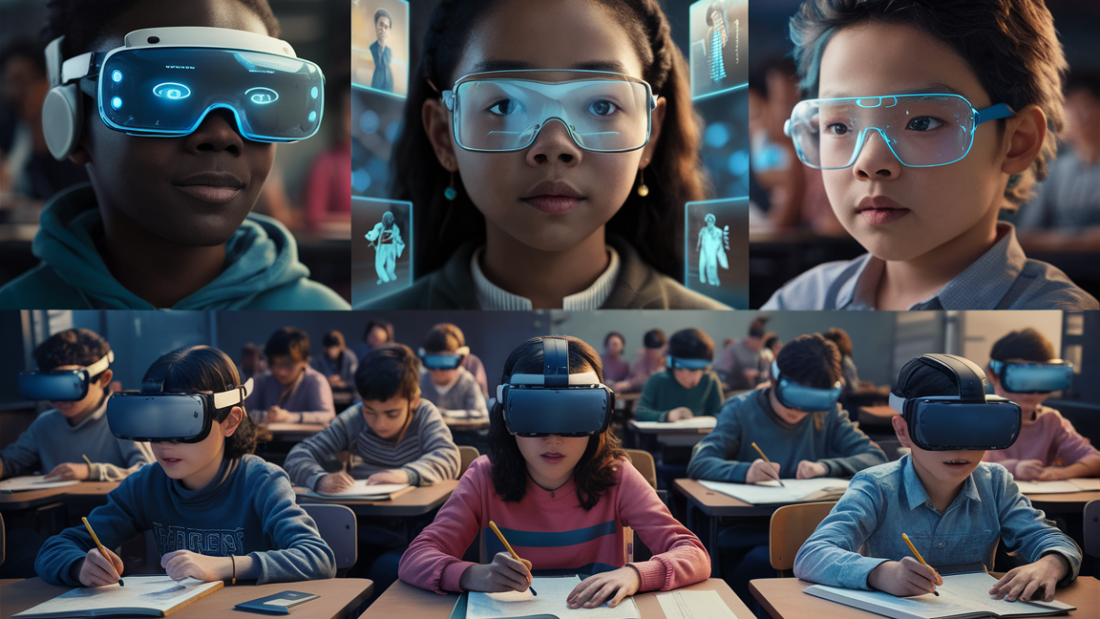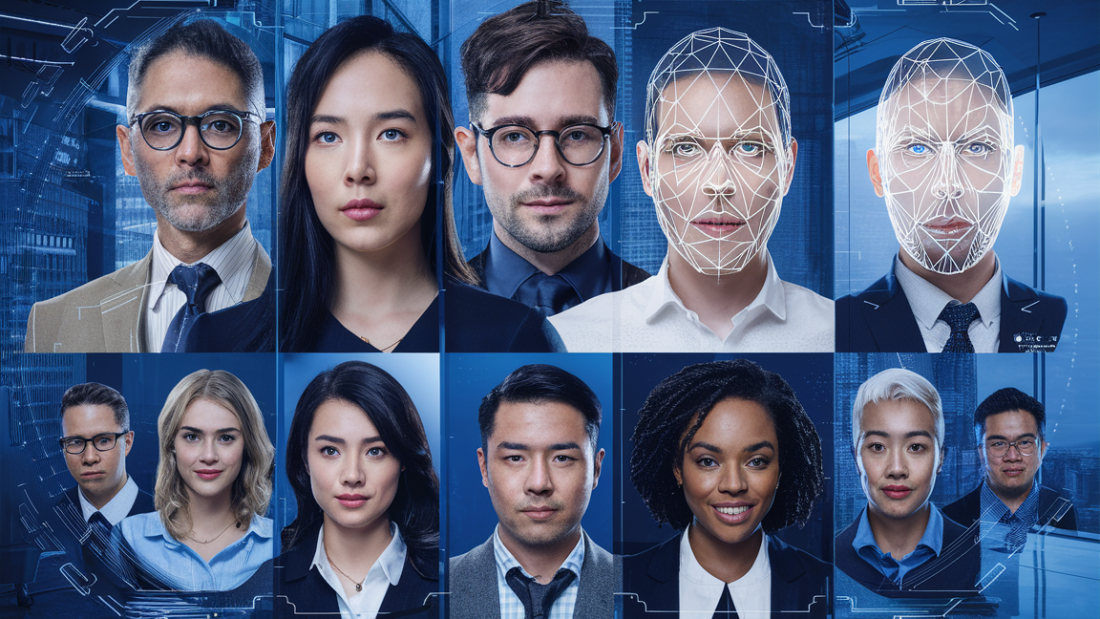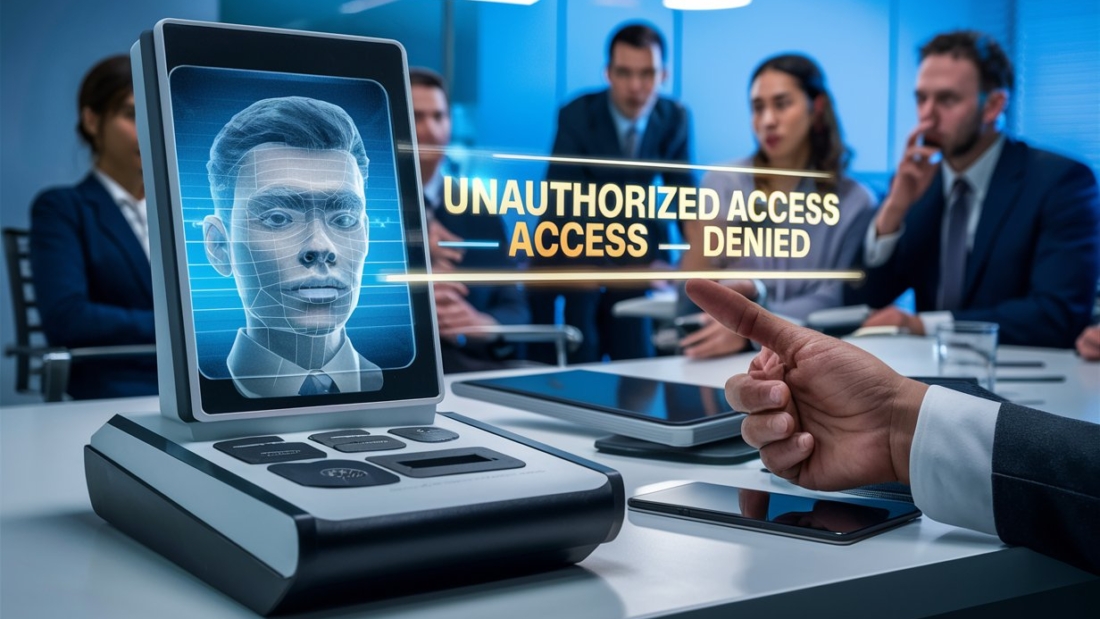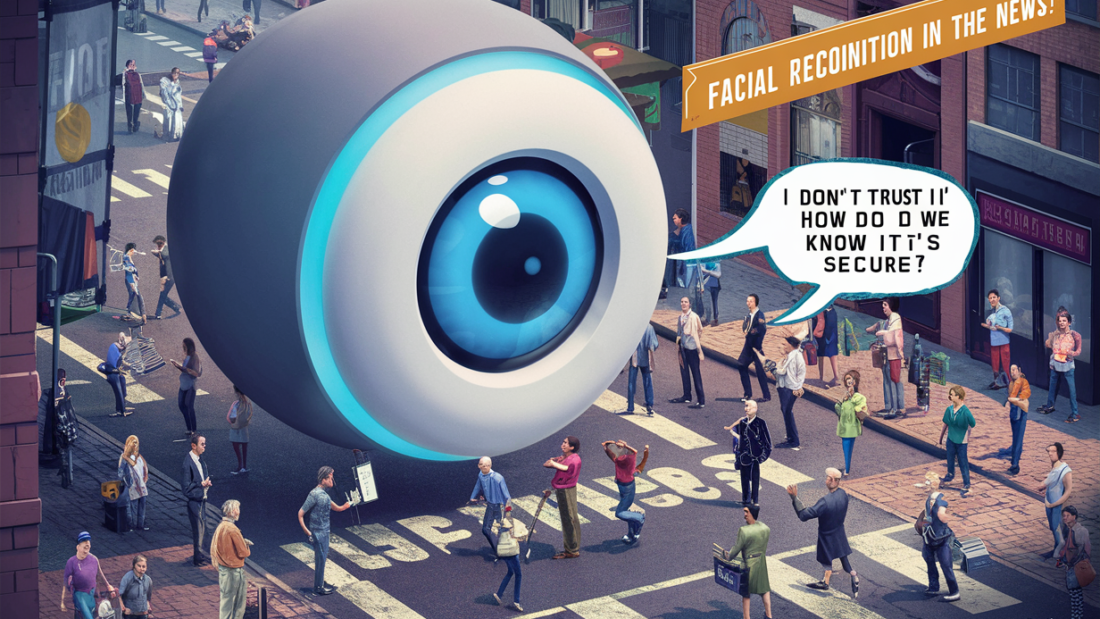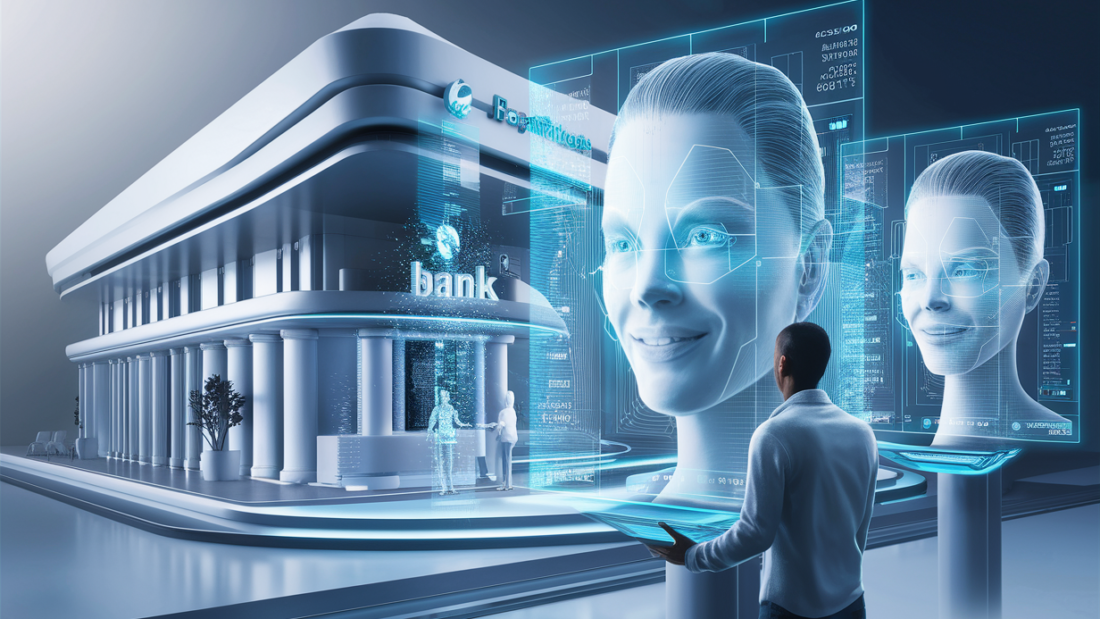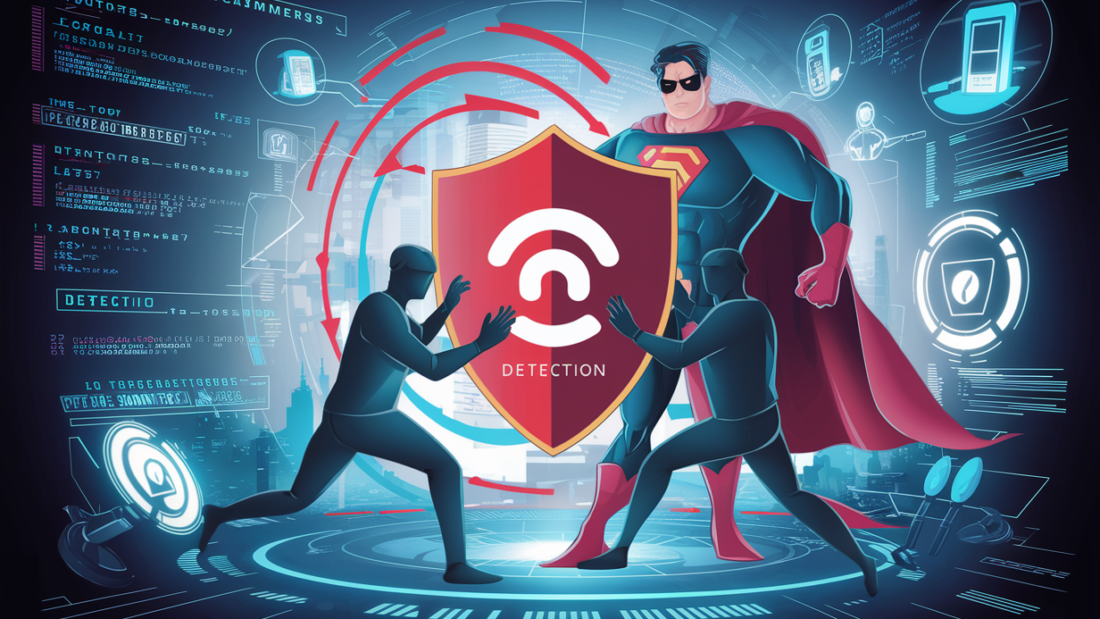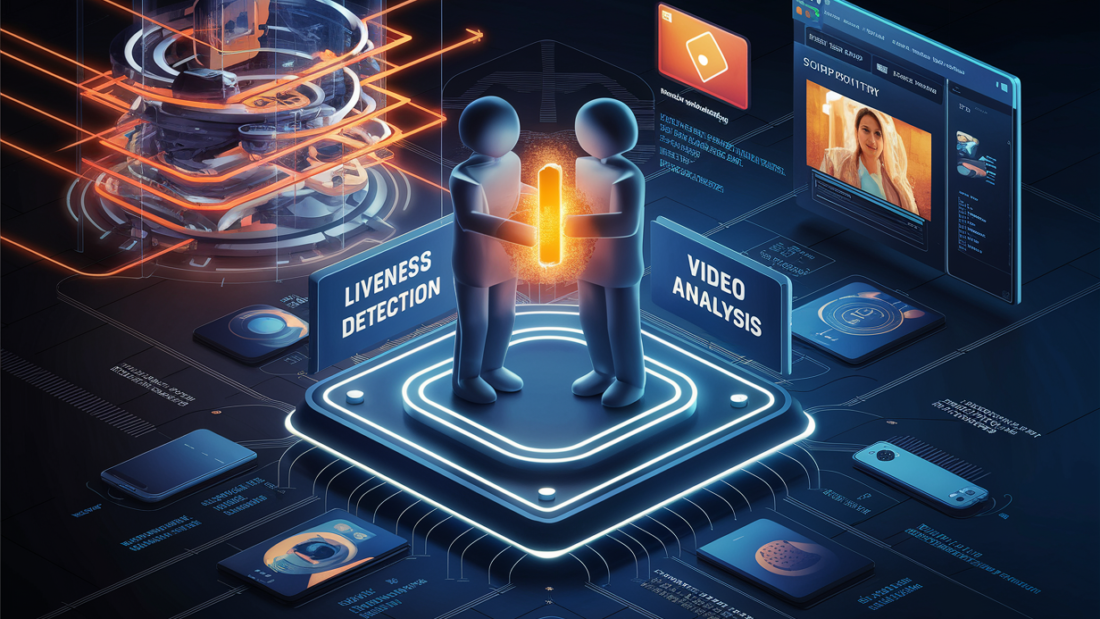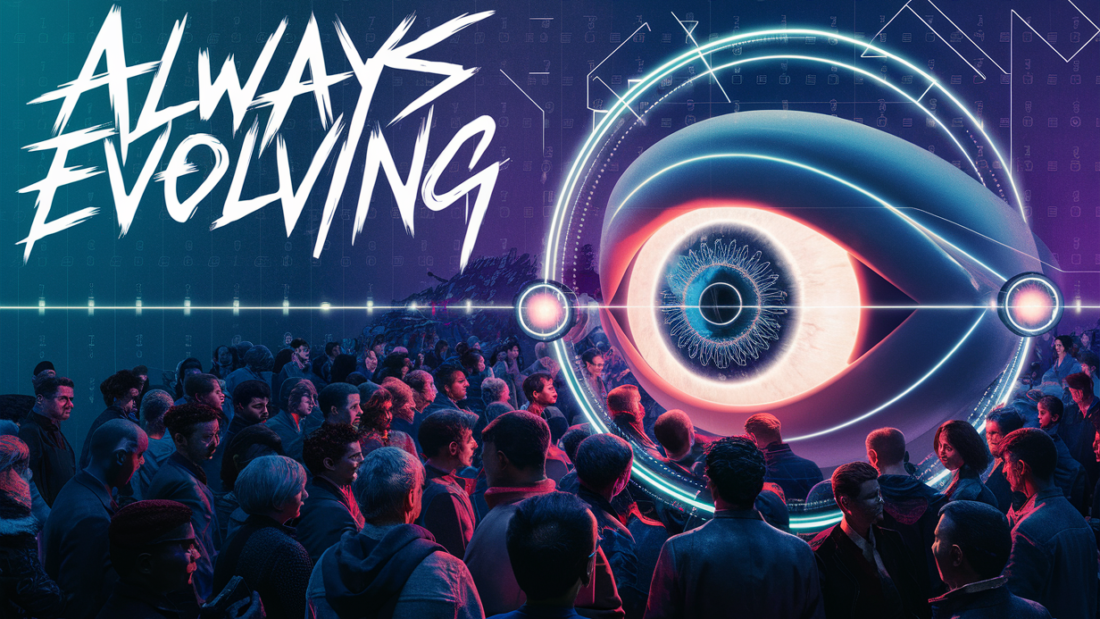Did you know that over 90% of identity theft cases involve some form of facial spoofing? Face liveness detection is a game-changer in the world of digital security. This technology ensures that a real person, not a photo or video, is present during authentication. It’s essential for preventing fraud and maintaining trust in online services through biometric authentication, accuracy, dataset, and face detection.
In this post, we’ll dive into how face liveness detection works and why it’s crucial for businesses today. From enhancing security with biometric authentication to improving user experience, we’ll cover every service you need to know. Stay tuned to learn about the latest advancements and practical applications of this cutting-edge technology.
Key Takeaways
Understand Face Liveness Detection: Face liveness detection helps distinguish between a real person and a spoofed image, enhancing biometric security.
Evolution of Security Measures: Security measures have evolved to include advanced technologies like AI and machine learning to improve accuracy and reliability.
Key Benefits: Implementing liveness detection reduces fraud, enhances user experience, and provides robust security for sensitive applications.
Next-Gen Tech Enhancements: Next-gen technologies like 3D facial recognition and infrared sensors significantly boost the effectiveness of liveness detection.
Real-World Applications: Industries like banking, healthcare, and mobile security are leveraging face liveness detection to protect data and ensure user authenticity.
Future Trends: Biometric authentication is expected to become more sophisticated with advancements in AI, offering even stronger security solutions.
Understanding Face Liveness Detection
Definition and Importance
Face liveness detection is a security measure. It distinguishes real users from fake ones. This technology prevents spoofing attacks. Spoofing involves using photos, videos, or masks to trick computer vision and biometric authentication systems.
This method is crucial for many applications. Banks use it for secure transactions. Social media platforms use it to verify user identities. Face liveness detection using computer vision and deep learning ensures that only real people can access sensitive information.
Amazon Rekognition’s Approach
Amazon Rekognition Face Liveness uses advanced technology. It analyzes selfie videos in real-time. This process uses deep learning and computer vision to help detect if the face is genuine or not.
Users take a selfie video with their device camera. The system then uses computer vision and deep learning to check for signs of life, like blinking and head movements. These actions confirm the presence of a real person.
Minimal User Action
The process requires minimal effort from users. They only need to record a short video of themselves for the dataset. This simplicity enhances the user experience.
Despite being easy, it maintains high security levels. Face liveness detection ensures accurate verification without complex steps.
Real-Time Analysis
Real-time analysis is crucial in this method. It quickly verifies the user’s identity during the authentication process using the dataset lines.
This speed reduces wait times and improves efficiency. Users get immediate feedback on their verification status, making the experience seamless and secure across all lines of the dataset.
Preventing Fraud
Preventing fraud is a key benefit of this technology. By detecting live faces, it blocks attempts to use photos or videos from the dataset for unauthorized access.
Financial institutions rely on this technology to protect accounts from fraudsters using dataset lines. Similarly, online services use it to ensure only legitimate users gain access.
Evolution of Security Measures
Password-Based Security
Passwords were the first line of defense in digital security. They required users to create unique combinations of letters, numbers, and symbols. However, passwords could be easily stolen or guessed. Many people reused passwords across different platforms, making them vulnerable across the lines.
Two-Factor Authentication
Two-factor authentication (2FA) added an extra layer of security. It required a second step beyond just a password. This step often involved a code sent to a phone or email. While 2FA improved security, it still had flaws. Attackers could intercept codes through phishing schemes.
Biometric Solutions
Biometric solutions marked a significant advancement. Fingerprint scanning was one of the first widely used methods, utilizing unique lines. It provided more security than passwords and 2FA alone. However, even fingerprints could be copied using sophisticated techniques.
Face Recognition Technology
Face recognition technology emerged as another biometric solution. It analyzed facial features to verify identity. Early versions had limitations and could be fooled by photos or videos. These systems struggled with detecting sophisticated spoofs and deepfakes.
Challenges with Earlier Measures
Earlier security measures faced several challenges:
Password theft: Easy for attackers to steal or guess.
2FA interception: Codes could be phished.
Fingerprint copying: Could be replicated with advanced techniques.
Face recognition spoofing: Photos and videos could trick systems.
These issues highlighted the need for more robust solutions.
Rise of Face Liveness Detection
Face liveness detection emerged as a solution to combat these challenges. It ensures that the face being scanned is real and present during authentication, lines. This technology uses various methods to detect liveness:
Analyzing blinking patterns
Detecting subtle movements
Using infrared sensors to measure depth
These techniques make it difficult for attackers to use photos or videos for spoofing.
Combating Identity Theft and Fraud
Face liveness detection plays a crucial role in preventing identity theft and fraud lines.
Ensures only live faces can access secure areas
Reduces risk of unauthorized access
Enhances overall security systems
By verifying that a face is live, this technology provides an additional line of protection against identity theft.
Key Benefits of Liveness Detection
Fraud Reduction
Liveness detection significantly reduces fraudulent account creation. During user onboarding, this technology ensures that the person is real. It verifies users by detecting small movements or changes in facial lines and features. This method makes it difficult for fraudsters to use fake photos or videos.
Banks and financial institutions benefit greatly from this. They can prevent unauthorized access to sensitive accounts. For example, in 2021, a major bank reported a 30% drop in fraud cases after implementing liveness detection lines.
Scalability
The scalability of liveness detection is impressive. It can handle millions of checks per day. This flexibility allows businesses to adjust to varying lines of demand without issues.
Online platforms with high traffic benefit from this feature. Social media sites and e-commerce platforms need reliable verification lines for thousands of new users daily. Liveness detection ensures they manage this volume efficiently.
Cost-Effectiveness
Liveness detection is also cost-effective. Businesses pay per check, avoiding large upfront costs for software deployment and management lines.
This model is especially beneficial for startups and small businesses. They can implement advanced security measures without significant investment. Over time, they save money while maintaining high security standards.
Enhanced User Experience
Users enjoy a smoother experience with liveness detection. The process is quick and straightforward, requiring minimal effort from users in just a few lines.
For example, instead of answering numerous security questions, users simply follow on-screen prompts to verify their identity. This convenience leads to higher user satisfaction and retention rates.
Regulatory Compliance
Many industries face strict regulations regarding user verification. Liveness detection helps companies comply with these rules easily.
Financial institutions must adhere to Know Your Customer (KYC) regulations. By using liveness detection, they meet these requirements efficiently and accurately.
Improved Trust
Implementing liveness detection builds trust between businesses and their customers. Users feel safer knowing their identities are protected by advanced technology.
For instance, a survey in 2022 showed that 75% of respondents preferred services with robust security measures like liveness detection over those without it.
By adopting liveness detection:
Businesses reduce fraud
Companies scale easily
Costs remain manageable
Users have better experiences
Regulatory compliance improves
Trust increases
These benefits make liveness detection an essential tool for modern businesses.
How Next-Gen Technology Enhances Security
AI and Machine Learning
AI and machine learning play a crucial role in face liveness detection. They analyze selfie videos to determine if the person is real or a spoof. These technologies can detect subtle movements and expressions that are hard to fake. By examining multiple frames, AI ensures the authenticity of the subject.
Machine learning models get better over time. They learn from various data points, improving accuracy. Data augmentation helps these models by providing diverse training samples. This makes the system robust against different types of attacks.
High-Quality Selfie Frames
High-quality selfie frames add another layer of security. These frames can be used for additional checks like face matching or age estimation. The system captures clear images that are easy to analyze.
Face matching compares the captured image with stored data to verify identity. Age estimation uses algorithms to guess the person’s age based on facial features. Both processes benefit from high-resolution images.
WCAG 2.1 Compliance
The technology adheres to Web Content Accessibility Guidelines (WCAG) 2.1. This ensures it is inclusive for all users, including those with disabilities. Features like voice prompts and simple interfaces make it accessible.
WCAG 2.1 focuses on making web content more usable for everyone. The guidelines cover aspects like text readability and alternative text for images. By following these rules, face liveness detection becomes more user-friendly.
Real-Life Experience
Consider an online banking app using this technology. Users take a selfie to verify their identity before accessing their accounts. The AI analyzes the video to confirm they are real people, not photos or masks.
Another example is in e-learning platforms where students verify their presence before exams. High-quality frames ensure accurate identification, reducing cheating risks.
Real-World Applications and Use Cases
High-Value Transactions
Face liveness detection is crucial for high-value transactions. Banks use it to verify users during large money transfers. This method adds a layer of security beyond passwords. It ensures the person making the transaction is physically present.
For instance, during a $10,000 wire transfer, face liveness detection can prevent unauthorized access. It reduces fraud risks by confirming the user’s identity in real-time. This technology is becoming standard in financial institutions worldwide.
User Onboarding
Many industries use face liveness detection for user onboarding processes. Companies need to ensure that new users are genuine. This prevents fake accounts and fraudulent activities.
In healthcare, verifying patient identities during registration can prevent medical fraud. Similarly, online education platforms use this technology to confirm student identities during exams. This keeps the process fair and secure.
Businesses also benefit from faster onboarding times. Automated verification saves time compared to manual checks. Users appreciate the quick and seamless experience.
Mobile and Web Applications
Integrating face liveness detection into mobile and web applications enhances security significantly. Apps with sensitive data like banking or health records need robust protection.
Mobile banking apps use this feature to secure login processes. By requiring live facial recognition, they ensure only authorized users gain access. This makes hacking attempts much harder.
Web applications also benefit from this technology. E-commerce sites use it to verify buyers during checkout, reducing fraud cases. Social media platforms employ it to prevent fake accounts and bots.
Artificial Intelligence Integration
Artificial intelligence (AI) plays a major role in face liveness detection systems. AI algorithms analyze facial movements and patterns to detect real faces from photos or videos.
These systems rely on large datasets for training models accurately. AI improves over time as it processes more data, making detections more precise.
By using advanced AI techniques, companies can stay ahead of potential threats. Continuous updates keep the system effective against new types of attacks.
Source Code Availability
Developers often seek source code for implementing face liveness detection in their projects. Open-source libraries provide valuable resources for building these systems.
Access to well-documented source code accelerates development timeframes. It allows developers to customize solutions based on specific needs.
Using open-source tools also fosters innovation within the tech community. Developers can collaborate and share improvements, enhancing overall system performance.
Addressing Common Security Challenges
Spoof Attacks
Spoof attacks are a major concern in face liveness detection. Attackers use various methods to trick biometric systems. Common spoofing methods include printed photos, digital images, videos, and 3D masks.
Printed photos are one of the simplest forms of attack. Attackers print a high-resolution image of the target’s face. They then present this image to the camera, attempting to bypass security.
Digital images and videos offer more sophisticated spoofing techniques. Attackers display these on screens or mobile devices. They aim to deceive the system by mimicking real facial movements.
3D masks represent another advanced method. These masks replicate the target’s facial features in three dimensions. This makes it harder for basic detection systems to differentiate between a real person and a mask.
User Privacy
Maintaining user privacy is crucial when implementing biometric solutions. Users often worry about how their data is stored and used. Ensuring that personal information remains secure is essential.
Biometric data, such as facial scans, must be encrypted during storage and transmission. This prevents unauthorized access and potential misuse of sensitive information.
Organizations should also adhere to strict privacy regulations. Compliance with laws like GDPR ensures that user data is handled responsibly. Transparent policies about data collection and usage build trust with users.
Data Security
Data security goes hand-in-hand with user privacy. Protecting biometric databases from breaches is vital for maintaining trust in face liveness detection systems.
Regular security audits help identify vulnerabilities within the system. Implementing multi-factor authentication adds an extra layer of protection against unauthorized access.
Using secure servers for data storage minimizes the risk of breaches. Encryption protocols further safeguard the integrity of biometric information.
Minimizing False Positives
False positives occur when the system incorrectly identifies an impostor as a legitimate user. Face liveness detection aims to reduce these errors through advanced algorithms.
Techniques like motion analysis detect natural facial movements that static images cannot mimic. Blink detection is another effective method, as blinks are difficult for attackers to replicate convincingly.
Depth sensing technology measures distance between different points on the face. This helps distinguish between flat images and real faces, reducing false positives significantly.
Minimizing False Negatives
False negatives happen when legitimate users are wrongly denied access by the system. Improving accuracy in face liveness detection reduces these occurrences.
Machine learning models train on vast datasets to recognize diverse facial features accurately; Try online Face Liveness Detection Demo and Try Playground for Face Liveness Detection. This ensures that genuine users are identified correctly even under varying conditions like lighting changes or slight pose variations.
Implementing Face Liveness in Various Sectors
Banking and Finance
Banks use face liveness detection to secure transactions. This technology ensures that only real faces can access accounts. Fake faces cannot bypass the system.
In 2020, many banks began integrating this technology. It helps prevent fraud by verifying the user’s identity in real-time. Customers appreciate the added security.
Government Services
Government agencies rely on face liveness detection for identity verification. This method prevents the use of fake identities. Real faces are crucial for accessing sensitive information.
For example, passport offices use this technology to verify applicants’ identities. It reduces the risk of fraudulent applications. Many countries adopted this system after 2015.
Healthcare
Hospitals and clinics benefit from face liveness detection for patient identification. It ensures that only authorized individuals access personal health records.
This technology verifies patients at check-in points. It matches their face with stored data, preventing unauthorized access. Skin tones and other facial features play a role in accurate identification.
Future Trends in Biometric Authentication
Voice Recognition
Voice recognition is gaining traction. It allows users to access secure systems using their voice. This method is convenient and user-friendly. Many smartphones already include voice authentication features.
Companies are investing in this technology. They aim to make it more accurate and reliable. Voice recognition can identify unique vocal patterns, making it hard to spoof.
Fingerprint Scanning
Fingerprint scanning remains popular. It’s used in smartphones, laptops, and security systems. Each person’s fingerprint is unique, offering high security.
Advancements are being made in this field. New sensors are becoming more accurate and faster. These improvements enhance the user experience and security.
Role of AI
Artificial intelligence (AI) plays a crucial role in biometric authentication. AI algorithms analyze data quickly and accurately. They help improve the reliability of biometric systems.
AI can detect anomalies in real-time. This ability helps prevent fraud and unauthorized access. Machine learning models learn from data, improving over time.
Ethical Implications
The use of biometric data raises ethical concerns. Privacy is a significant issue. People worry about how their data is stored and used.
There are calls for stricter regulations. Governments need to ensure that companies handle data responsibly. Transparency is essential for building trust with users.
Privacy Concerns
Biometric data is sensitive information. If mishandled, it can lead to identity theft or privacy violations. Users must understand how their data is protected.
Companies should implement robust security measures. Encryption and secure storage practices are vital. Educating users about these practices can alleviate some concerns.
Engaging with Next-Gen Solutions
Developers’ Role
Developers play a crucial role in implementing face liveness detection. They need to ensure the accuracy and reliability of these systems. By integrating deep learning algorithms, developers can enhance detection capabilities. This technology helps distinguish between real faces and fake ones.
Open-source projects allow developers to collaborate. They can share code, scripts, and solutions. This transparency builds trust among users.
Service Integration
Businesses should consider integrating face liveness detection into their services. It is scalable and cost-effective. Companies can use existing hardware like cameras and screens for implementation.
Service providers must offer seamless integration options. This ensures that the user experience remains smooth. An active check during authentication enhances security without causing inconvenience.
Continuous Innovation
Security measures must evolve continuously to outpace fraudsters. Regular updates and improvements are essential. Developers should stay informed about new threats and adapt their systems accordingly.
Deep learning models require constant training with new data. This ensures they remain effective against emerging spoofing techniques.
Video Stream Analysis
Analyzing video streams is a key aspect of face liveness detection. Real-time processing helps validate the authenticity of a user’s face. The following code snippets can be used to capture and analyze video streams:
python import cv2
Capture video stream from camera
cap = cv2.VideoCapture(0)
while True: ret, frame = cap.read() # Process frame for liveness detection if not ret: break cv2.imshow(‘frame’, frame) if cv2.waitKey(1) & 0xFF == ord(‘q’): break
cap.release() cv2.destroyAllWindows()
This script captures video from the camera and displays it on the screen.
Building Trust
Transparency in development fosters trust among users and developers alike. Open-source contributions allow for peer review and validation of security measures.
Businesses should communicate openly about their use of face liveness detection. Providing detailed information on how data is processed reassures users about privacy concerns.
Final Remarks
Face liveness detection is a game-changer for security. It’s clear that integrating this tech can significantly boost your defenses against fraud. As we’ve seen, its applications span various sectors, proving its versatility and effectiveness.
Now it’s your turn to take action. Explore how face liveness detection can fit into your security strategy. Stay ahead of threats and ensure a safer environment for everyone involved. Dive deeper into next-gen biometric solutions and make the smart move today.
Frequently Asked Questions
What is face liveness detection?
Face liveness detection is a security technology that verifies if the person in front of the camera is real and not an impostor using photos, videos, or masks.
Why is face liveness detection important?
It prevents fraud by ensuring that only live individuals can access secure systems. This enhances security and protects sensitive information.
How does next-gen technology improve face liveness detection?
Next-gen technology uses advanced algorithms and AI to detect subtle movements and textures, making it harder for attackers to bypass security.
What are some real-world applications of face liveness detection?
It’s used in banking for secure transactions, in airports for passenger verification, and in smartphones for unlocking devices securely.
How can face liveness detection address common security challenges?
It combats identity theft, unauthorized access, and spoofing attacks by ensuring only live faces can authenticate.
In which sectors is face liveness detection being implemented?
It’s widely used in finance, healthcare, government services, and consumer electronics to enhance security measures.
What are future trends in biometric authentication?
Future trends include increased use of AI, integration with other biometric methods like voice recognition, and wider adoption across various industries.
